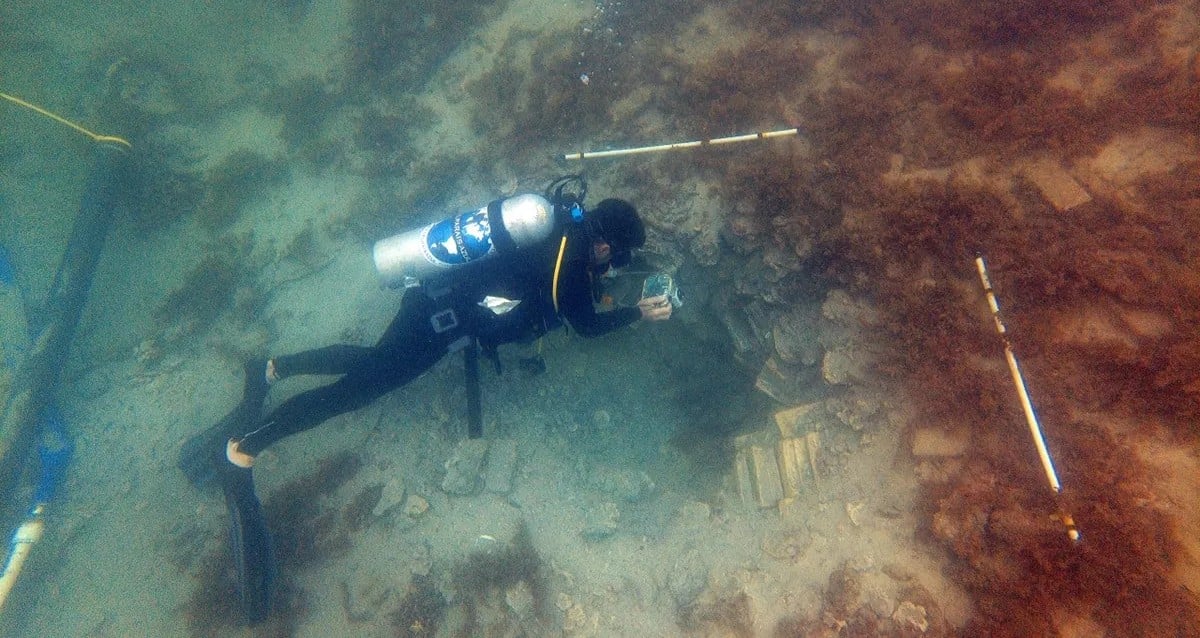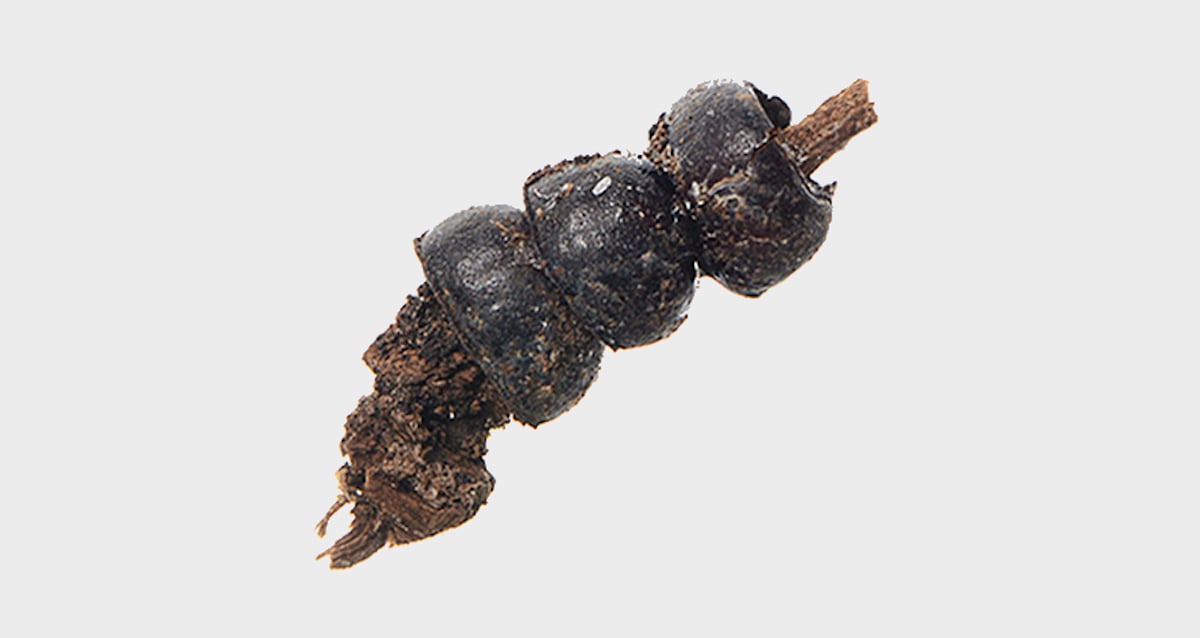Hidden Secrets of the Caribbean Unveiled: Divers Discover Sunken Danish Slave Ships Lost to a 1710 Mutiny
For years, these murky shipwrecks resting near Costa Rica’s Cahuita National Park had everyone whispering about pirates—swashbuckling rogues, cursed treasure, the whole nine yards. But no, turns out the story’s way darker and way more complicated. Recent sleuthing by marine archaeologists has nailed down that these aren’t pirate ghost ships—but the long-lost Danish slave vessels Fridericus Quartus and Christianus Quintus, engulfed in flames and chaos after a brutal mutiny back in 1710. I mean, talk about mistaken identities! Who knew that what looked like pirate relics were actually remnants of a tragic chapter in history? So here’s the kicker: while historians always knew what went down aboard these doomed ships, no one really knew where exactly—until now. It’s like finally finding the smoking cannon ball that solves a three-century-old mystery. Curious how forgotten timbers and a bunch of old bricks could rewrite history? Yeah, me too. LEARN MORE
Though they were long thought to be pirate ships, recent analysis has confirmed that the sunken vessels near Cahuita National Park are the Danish slave ships Fridericus Quartus and Christianus Quintus, destroyed during a mutiny in 1710.

John Fhær Engedal Nissen, The National Museum of DenmarkMarine archeologist Andreas Kallmeyer Bloch from the National Museum of Denmark explores the Danish shipwrecks off the coast of Costa Rica.
For years, many assumed that the shipwrecks in the shallow waters of Costa Rica’s Cahuita National Park were pirate ships. But a recent study has found that they were actually two Danish slave ships, the Fridericus Quartus and the Christianus Quintus, which were destroyed in dramatic fashion after their crews mutinied in 1710.
Historians have long known what happened aboard the two doomed ships, but this recent discovery has finally answered the question of where exactly it all took place.
Identifying The Sunken Danish Slave Ships Off The Coast Of Costa Rica

National Museum of DenmarkMarine archaeologists David Gregory and Andreas Kallmeyer Bloch from the National Museum of Denmark.
According to a statement from Denmark’s National Museum, the two shipwrecks were long thought to be pirate ships. However, when American marine archaeologists discovered yellow bricks in one of the ships in 2015 — a common architectural feature in Denmark and Danish colonies in the 18th and 19th centuries — the origins of the two ships were reassessed.
In 2023, marine archaeologists from the National Museum of Denmark and the Viking Ship Museum revisited the site. They took samples of wood from the ships, some of the yellow bricks, and clay pipes found at the wreck.
These samples proved that the two ships were in fact Danish in origin — and not pirate ships at all.
A study of the wood samples proved that the timber had come from the Baltic region and that the trees were cut down between 1690 and 1695. The bricks are the same size and shape as “Flensburg bricks,” which were used in Denmark and in Danish colonies, and they’re made of clay that came from Denmark. Finally, the clay pipes were identified as Dutch pipes which were produced shortly before the ships wrecked in 1710.

Jakob OllingMarine archaeologist and research professor David Gregory from the National Museum of Denmark examining a pile of yellow bricks found at the site of the wrecks.
What’s more, the wood samples from the wreck were burned, and historical documents state that the Fridericus Quartus had been set on fire.
“The analyses are very convincing and we no longer have any doubts that these are the wrecks of the two Danish slave ships,” said David Gregory, marine archaeologist and research professor at the National Museum of Denmark. “The bricks are Danish and the same goes for the timbers, which are additionally charred and sooty from a fire. This fits perfectly with the historical accounts stating that one of the ships burnt.”
The Harrowing Story Of The Fridericus Quartus And The Christianus Quintus

John Fhær Engedal Nissen, the National Museum of DenmarkMarine archaeologists David Gregory and Andreas Kallmeyer Bloch from the National Museum of Denmark with timber from the shipwrecks.
Discovering the location of the Fridericus Quartus and the Christianus Quintus is an exciting development, especially after historians had long known full well what happened to these two doomed ships during their final journey 300 years ago.
According to historical documents, including testimony from the crew members who survived the shipwrecks, the Fridericus Quartus and the Christianus Quintus set sail in 1708 from Copenhagen. Their journey took them to West Africa, where the ships picked up hundreds of enslaved people, and then towards Saint Thomas Island in the West Indies.
But in the spring of 1710, the ships got lost. Some 1,200 miles off course, the two ships began to run low on food and water rations. And on March 2, 1710, the crews and the enslaved people on both ships mutinied. The Fridericus Quartus was set on fire, and the Christianus Quintus had its anchor rope cut, resulting in it wrecking in the surf. Subsequently, some 600 of the enslaved Africans escaped — and joined the local population in Costa Rica.














